Blending Inquiry, Nature, and Community with Academic Standards
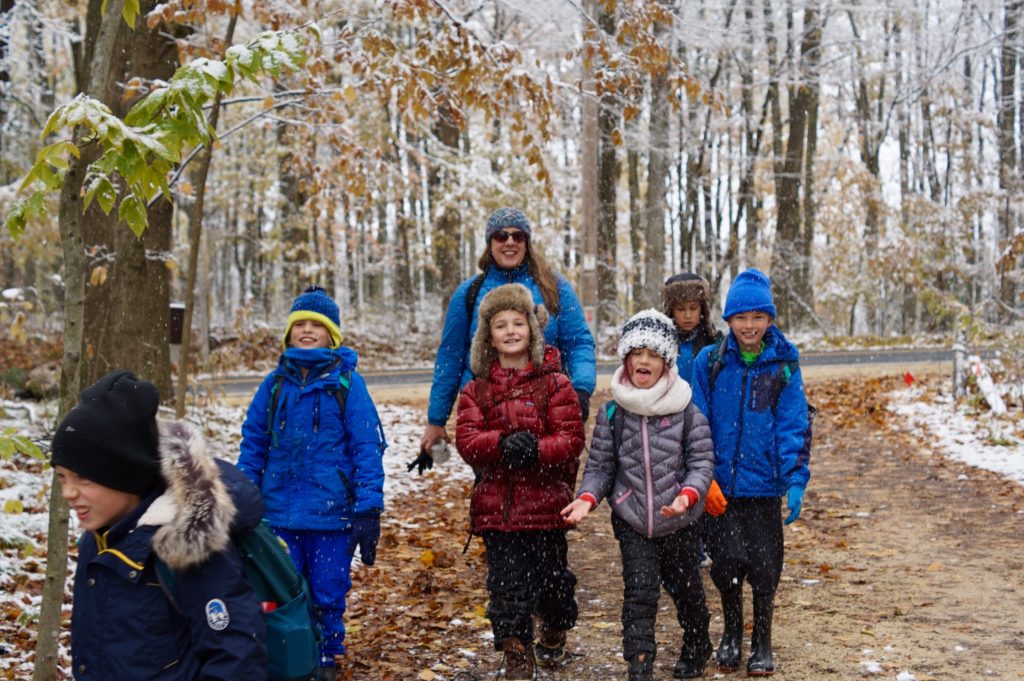
At a school where nature and inquiry are two of the main drivers of learning in multi-grade classrooms, how do we weave all of the necessary pieces into the learning experience along with academic standards? Looking at a few of the learning opportunities in which the 3rd and 4th grade class engaged during a typical week allows us to see how these things can be integrated into coherent lessons.
We took some long hikes this week to see what is happening on the land at Riveredge. It was difficult to progress at times because students kept laying on the ground to immerse themselves in the snow! One extensive class discussion was playing in the snow: what is okay, what is not, and what is possible? Of course, throwing snowballs was immediately brought up by students. Many students said that they enjoy throwing snowballs, but others do not enjoy that kind of play. We discussed the fact that most schools ban throwing snowballs and talked about whether that should be the case at a nature based learning environment like The Riveredge School.
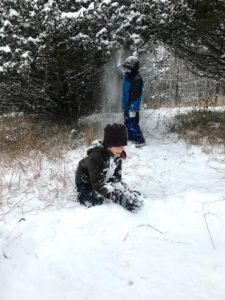
Students wanted to try to create some class expectations (as we do with Responsive Classroom) to allow for throwing snowballs. In a very thoughtful and respectful discussion, we came up with a number of guidelines, including:
- Throw snowballs only below people’s shoulders.
- No throwing snowballs at people’s heads/faces- ever.
- Only throw snowballs with people who have agreed to participate in snowball throwing: Ask first!
- Stop when someone asks you to stop.
- No “chucking” (hard throws) snowballs.
After our creating these expectations together, we went outside to see how they would work. I would love to tell you that everything went smoothly and that we have created a new model for snowball play at school. However, even with their best attempts to keep the snowballs below the shoulders, several students ended up with snow in their faces almost immediately! We regrouped and decided that we will only throw snow at non-living, inanimate objects for now.
Why share a story that doesn’t illustrate a complete success? What an opportunity to learn from our mistakes and maintain that “growth mindset.” Also, these class discussions allow us to meet what are called “Speaking and Listening” standards in the area of language arts. Here are some from each grade that were met during this particular activity:
3rd grade
- CCSS.ELA-LITERACY.SL.3.1.B: Follow agreed-upon rules for discussions (e.g., gaining the floor in respectful ways, listening to others with care, speaking one at a time about the topics and texts under discussion).
- CCSS.ELA-LITERACY.SL.3.1.C: Ask questions to check understanding of information presented, stay on topic, and link their comments to the remarks of others.
- CCSS.ELA-LITERACY.SL.3.1.D: Explain their own ideas and understanding in light of the discussion.
4th grade
- CCSS.ELA-LITERACY.SL.4.1.B: Follow agreed-upon rules for discussions and carry out assigned roles.
- CCSS.ELA-LITERACY.SL.4.1.C: Pose and respond to specific questions to clarify or follow up on information, and make comments that contribute to the discussion and link to the remarks of others.
- CCSS.ELA-LITERACY.SL.4.1.D: Review the key ideas expressed and explain their own ideas and understanding in light of the discussion.
As you can see, there are many similarities between these standards in 3rd and 4th grade. This kind of an activity is one way we are able to meet the expectations of both grades in the same learning experience- also in a meaningful, relevant and timely way. Of course, being that snow play started the whole discussion, this is an excellent example of how student driven inquiry can create learning opportunities that engage the entire classroom.
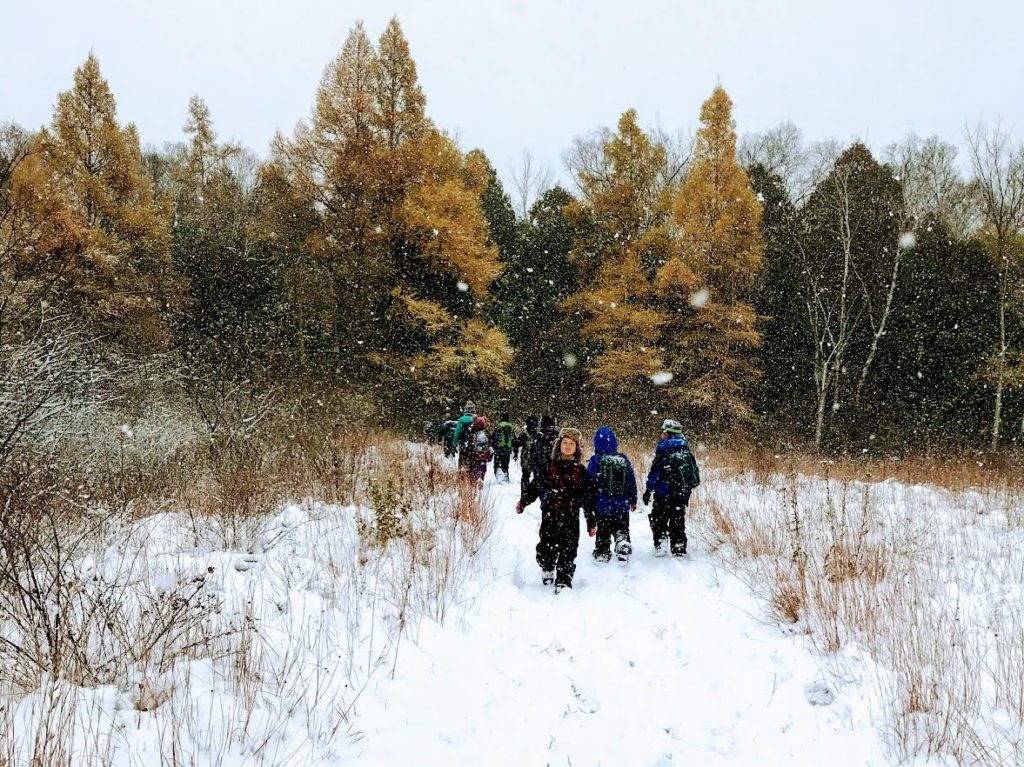
Thinking more about academics, we are enjoying reading Bunnicula (at least I am!) I love any opportunity that allows me to dramatically scream, “It’s a white zucchini!!!” Asking your child about what crazy things Ms. T is doing during the read aloud is a great way to support their reading comprehension: they have to remember and share details from the story (along with describing the silly antics)!
3rd grade
- CCSS.ELA-LITERACY.RL.3.2: Recount stories, including fables, folktales, and myths from diverse cultures; determine the central message, lesson, or moral and explain how it is conveyed through key details in the text.
4th grade
- CCSS.ELA-LITERACY.RL.4.1: Refer to details and examples in a text when explaining what the text says explicitly and when drawing inferences from the text.
We have really been digging into our endurance as writers this week. Students sometimes struggle with the task of writing and building endurance is one way to help them grow as writers: they learn to experience the task so that they can go further and develop specific skills and strategies as writers to take their writing to the next level. Each day before lunch, students have been writing for a full 15 minutes, responding to prompts that I list on the board, such as:
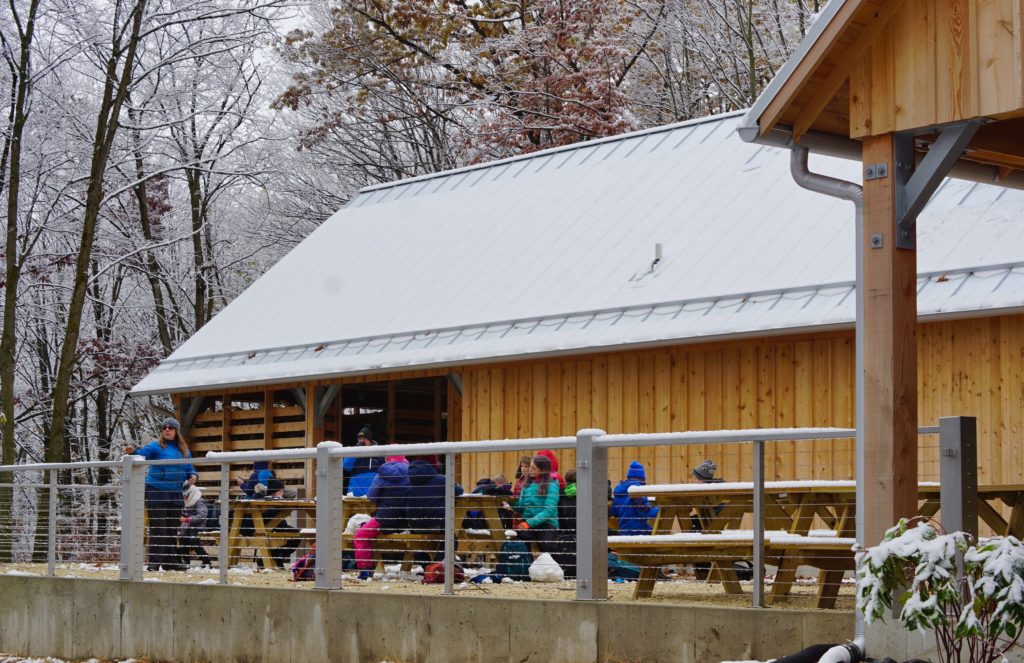
Snowy Ants
- Where do you think the ants are right now (and why)?
- What do you think the ants are doing (and why)?
- When do you think we will see the ants again (and why)?
I ask students to respond to each question in 3-5 sentences (a paragraph). This particular prompt emerged from the realization that the anthill that we often see on our hikes in the prairie was without ants for the first time this year. Not only are we using inquiry as a springboard, but inquiry about a natural phenomenon that students are quite curious about from our explorations on the land.
3rd grade
- CCSS.ELA-LITERACY.W.3.10: Write routinely over extended time frames (time for research, reflection, and revision) and shorter time frames (a single sitting or a day or two) for a range of discipline-specific tasks, purposes, and audiences.
4th grade
- CCSS.ELA-LITERACY.W.4.10: Write routinely over extended time frames (time for research, reflection, and revision) and shorter time frames (a single sitting or a day or two) for a range of discipline-specific tasks, purposes, and audiences.
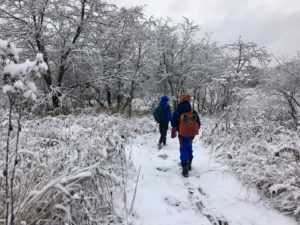
Here are a few science standards that connect, again the main goal being building writing endurance, but still linking to our science explorations:
3rd grade
- 3-LS4-3 Construct an argument with evidence that in a particular habitat some organisms can survive well, some survive less well, and some cannot survive at all.
- 3-LS4-4 Make a claim about the merit of a solution to a problem caused when the environment changes and the types of plants and animals that live there may change.
4th grade
- 4-LS1-1 Construct an argument that plants and animals have internal and external structures that function to support survival, growth, behavior, and reproduction.
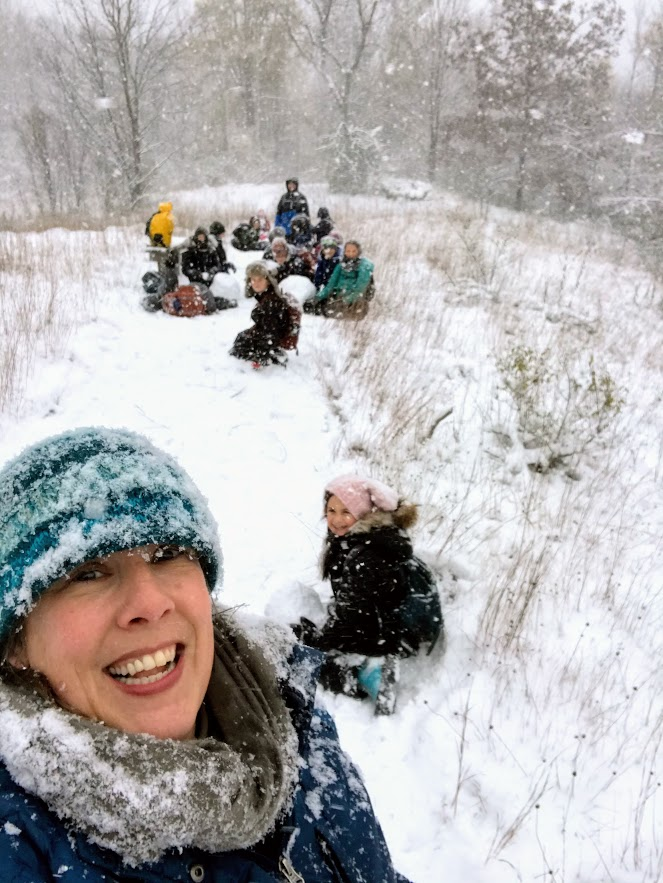 These are just a few examples of inquiry, nature and community in action, integrating academic standards in a multi-grade classroom. Does this happen perfectly every single time? Absolutely not: occasionally it is necessary to fill in the gaps using more traditional instruction, which also has its place, as students still need to know how to participate in this type of learning.
These are just a few examples of inquiry, nature and community in action, integrating academic standards in a multi-grade classroom. Does this happen perfectly every single time? Absolutely not: occasionally it is necessary to fill in the gaps using more traditional instruction, which also has its place, as students still need to know how to participate in this type of learning.
However, when students are asking their own questions and teachers have the freedom to use our training and education to create authentic learning experiences rather than disseminate lessons that are determined by a pacing guide or canned curriculum, we are all more engaged and inspired by the work that we do together!
CommunityCurriculumInquiryNatureSchool Culture